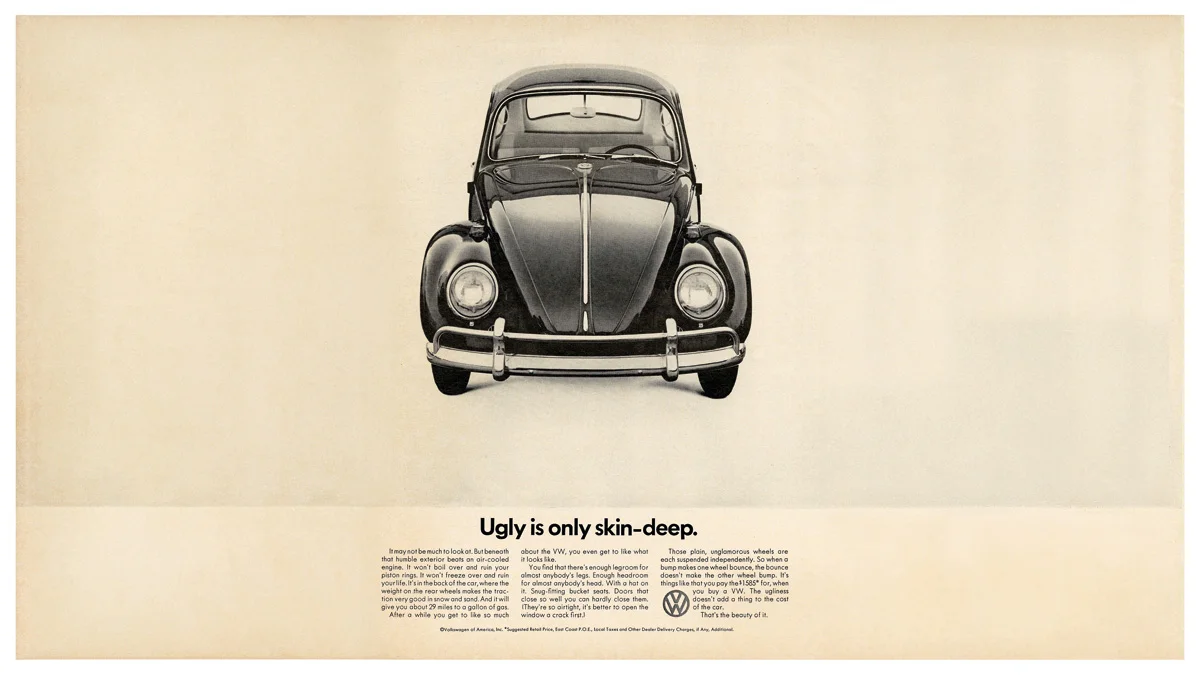
Behavioural science is the study of how people actually behave, rather than how they claim to behave. There’s a broad idea, summed up brilliantly by the Princeton psychologist Susan Fiske, who says people are cognitive misers. Her former colleague Daniel Kahneman put it wittily when he said: “Thinking is to humans as swimming is to cats.” We can do it, but we would rather not.
We don’t make most commercial decisions, in B2B or B2C, in a thoughtful, considered way but in a rapid, impulsive fashion. And those decisions are made by using rules of thumb. From a business or marketing perspective, those rules of thumb are prone to biases. However, if you’re aware of the biases when designing a product or comms, you can work with human nature rather than against it.

Behavioural science is just a giant catalogue of what all those biases are – and there are thousands of them. The benefit to a business owner is if you have a challenge, one of the fastest ways to come to a solution is to match an existing bias to the problem you have. Let me give you an example. On your website, you list products that have run out. Behavioural science can tell you how best to do that.
There’s an experiment by Robert Peterson at the University of Texas where he gets more than 1,000 people to go on an e-commerce site to try to buy a few things – and one of the items isn’t there. Sometimes that last item is labelled as out of stock, sometimes it’s labelled as sold out.
What Peterson finds is if you label the item as out of stock, people are much more irritated than if you label it as sold out. There’s nothing magic about that, it’s just that if you say out of stock what you’re drawing attention to is that you’ve mucked up on the logistics. If you say it’s sold out, you’re drawing attention to the fact that it’s a popular product.
Everyone who runs an e-commerce site has to label products that aren’t there. It’s no more expensive to label it in the psychologically powerful way than the psychologically poor way. And you don’t even have to go out and do the research; Peterson has done it for you. There are multitudes of people who are dedicated to this field and spend their time summarising the work.
I’ve written two books on the subject, there’s the Rory Sutherland book Alchemy, and Blindsight by Matt Johnson. Hours of work has gone into picking which studies are most useful for companies. Business leaders still have to go out and learn about the field, but it’s something about The Pratfall effect that rewards that effort.
Behavioural science is brilliant because you learn about a study from the 1930s and it’s still relevant today. That human operating system, the way the brain is wired, is not changing.
One of my most interesting findings was around concrete versus abstract language. This is really useful when trying to sell. If you write in an abstract way, people can understand you, but they find it very hard to remember. The task for any communicator is to take the abstract concept that your company delivers, such as its high quality or premium value, and translate it into concrete language.
That’s based on a 1972 study by Ian Begg, of the University of Western Ontario, where he reads out 22 phrases. Half of these phrases are abstract, for example basic truth, and half are concrete; they’re a tangible thing people can visualise, for example, square door.
What he finds is that people can, on average, remember 9 per cent of the abstractions, but 36 per cent of the concrete words – that’s a fourfold difference in memory. So many businesses, especially medium-sized businesses, talk about how they are high quality, premium, trustworthy.
Yes, the audience can understand that, but they’re never going to remember it. What businesses must do is translate that into concrete language. That’s something Apple does brilliantly. When it launched the iPod it didn’t talk about five gigabytes of memory, it talked about having 1,000 songs in your pocket. Now you can picture a pocket, whereas a megabyte is far too abstract to stick.
Friction is another interesting one. Everyone knows that if you make someone go through 15 pages of form-filling, you’re not going to get the same conversion rate. But friction puts people off more than we expect. Most businesses don’t put enough time, money and effort into going through the customer journey, identifying even the smallest barrier and resolving it. Behavioural science can affect anything from strategy and targeting, to creative and media planning, to e-commerce. But if you wanted to pick a place to start, I would begin at the point of sale.
If you try to change your creative strategy based on some of the principles, you’re not going to know whether it worked for a year and a half. Plus, it will be quite hard to be clear about what was it that drove the success because it’s not just the insight that matters, it’s the expression. A better place to start is something very quantifiable, such as average sales on a website or conversion rate on a product.
For example, there’s lots of work that suggests people don’t respond to price in a rational way, so test some of those principles on your website. One example is temporal framing, which is the repeated finding that customers focus on the headline amount too much, but not enough on the unit of time.
That means they think £365 a year is expensive but £1 a day is cheap. So, if you’re selling anything over time – insurance, a mobile phone, gym membership – don’t say it costs £30 a month, say it costs £30 a month and that is £1 a day. It’s a tiny tweak, but it reduces price sensitivity. The other classic example is based on an idea called extremist aversion.
If you have a basic offering and a premium offering, you might get a roughly even split in buying between the two. If you then introduce a third, super-premium offering, even if no one buys it, it has value. That is because it causes a migration in purchasing from the basic package to the premium one.
What this shows is that people don’t judge prices just in relation to the benefit they get from a product or service; a lot of the willingness to pay is what they compare it to. That idea has been proven in popcorn in cinemas, beers in bars, coffee in coffee shops, electronic items and professional services – and it’s something most businesses can easily add to their offering. After that, the world is your oyster.
As told to Sarah Vizard
Related and recommended

Healthcare and income tax require radical reform, but the Budget revealed little ambition to tackle the big issues

Bob Skinstad’s journey from rugby prodigy to business leader is shaped by scrutiny, setbacks and second chances

After a decade as editor-in-chief, Katharine Viner is using her business acumen to reinvent The Guardian

The prime minister and chancellor may be safe for now but Cabinet ministers believe it’s a case of when, not if, they fall

